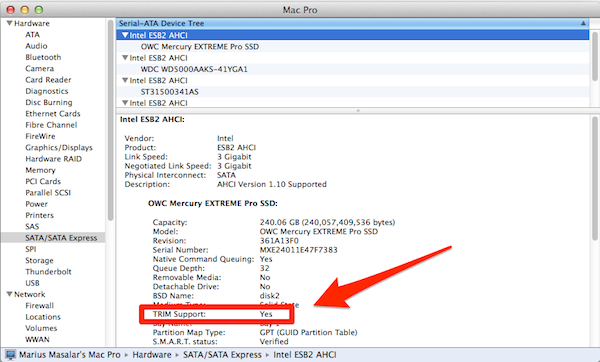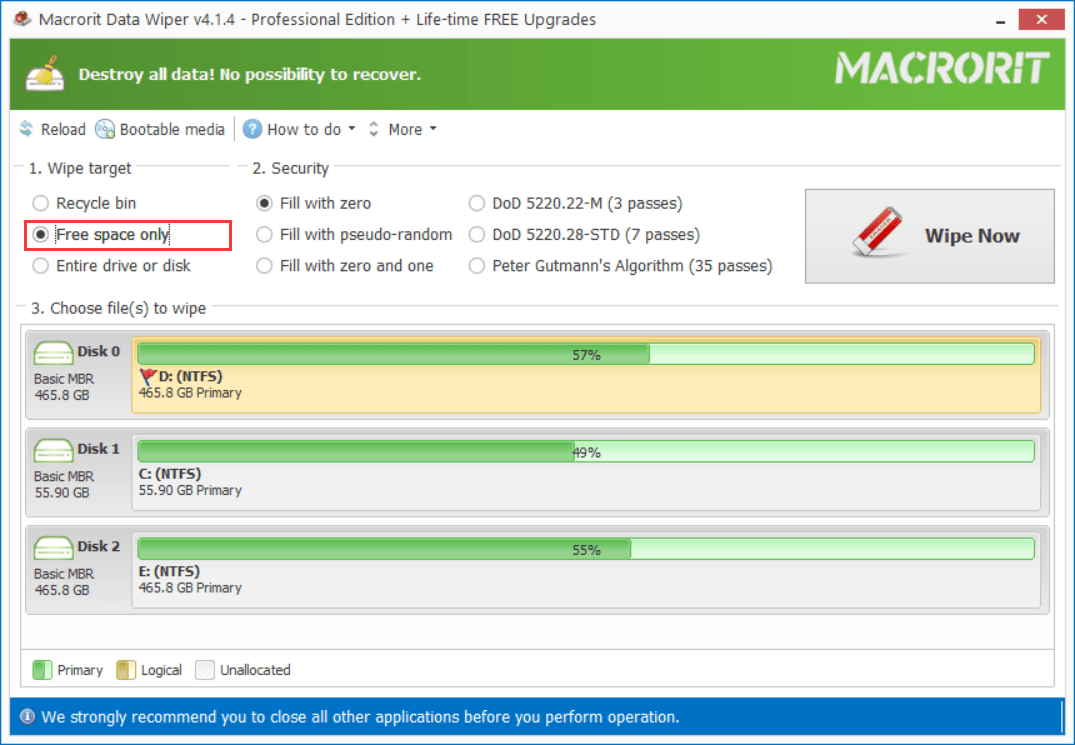Secure Erase SSD no damaging Lifespan
Solid-State Drives (SSD) are quite popular on notebooks, Macbook (air, pro) for example, Secure Erase SSD data on old devices also becomes an thriving needs when new laptops with lower price and more capacity on SSD released (maybe its simply because you want to replace old Macbook with new-designed ones), but is it necessary to wipe data on SSD running Mac OS?
In fact, there's no need to wipe SSD when the OS you're using supports TRIM,
A trim command (known as TRIM in the ATA command set, and UNMAP in the SCSI command set) allows an operating system to inform a solid-state drive (SSD) which blocks of data are no longer considered in use and can be wiped internally- wikipedia
.
Actually, TRIM is supported after Mac OS X 10.6.8, so if you're using the latest Mac OS, there's no need to do the Erase step, when you deleted the file, you're securely wiped SSD data. If you wipe or erase data on such system, you're damaging SSD, lifespan of which will be shortened.
How to Check TRIM on a Mac SSD?
- Press and hold the Option key, and click Apple menu
- Navigate to Hardware > SATA/SATA Express > Serial-ATA Device Tree
- Click on the SSD and information of it will be listed below, find TRIM Support: Yes/No

Secure Wipe SSD in Windows OS
As we already known that deleting files in Windows only cut the reference to the file instead of clearing the cluster, taking one more step to wipe files permanently after deleted is essential when you want to get rid of old SSDs, especially when they're running Windows XP or Windows Vista, the OS does not support TRIM.
How to Secure Erase SSD data in Windows XP or Vista
- Download Data Wiper, install and Run it; or just Run it from the portable edition
- Click Wipe Free Space and choose a wiping scheme to Wipe Now

More about SSD lifespan
Don't Defragment
SSD has only a curtain number of writes, defragment will take much of it, it's the number one killer to SSD lifespan; Besides, Operating Systems after Windows 7 are optimized in fragments, when move, copy, cut, paste files, the system itself knows what's the best option to operate. Hence, if you want to use the SSD for more years, don't defragment.
Don't Disable TRIM
TRIM commands help to erase data in SSD when delete operations are committed, when you disable TRIM in Windows 7, 8, and Windows 10. Traces of original data can still be found and used by professional data recovery tool. What's worse, when SSD tries to take new file, the free space you just deleted previous file must be erased first (unlike mechanical hard drives, who simply cover the place with new file), and then write file into it. The erase step and write step hurt SSD twice, and may cost more time on next-time finding and reading. So Don't Disable TRIM, just leave it as default. If you do want data can be recovered, store them on mechanical hard drives.
- Published in Wipe Hard Drive
